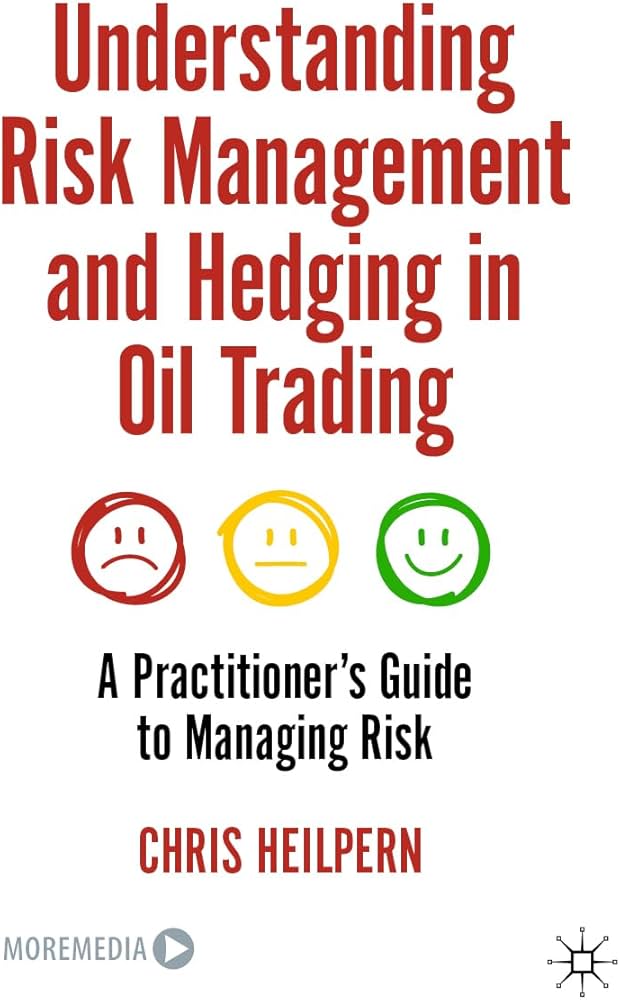Did you know that hedging in day trading can sometimes feel like wearing two pairs of socks—one meant for warmth, the other for comfort, but you end up with soggy feet? In this article, we dive into the complexities of hedging in day trading, exploring its main risks and potential for larger losses. We discuss how hedging can impact profitability and whether it's truly necessary for day traders. Common strategies and their implications on market risks, trading costs, and psychological factors are examined, alongside the effects of leverage and timing. We also touch on the potential downsides of over-hedging, missed profit opportunities, and even the tax implications. Join us as we unravel the intricacies of hedging and equip you with insights from DayTradingBusiness to navigate these challenges effectively.
What are the main risks of hedging in day trading?
Hedging in day trading can limit potential profits if the market moves favorably, as gains on one position offset losses on the hedge. It adds complexity, increasing the chance of miscalculations or timing errors. Over-hedging can tie up capital, reducing liquidity for other trades. Sometimes, the costs of maintaining hedges, like spreads or borrowing fees, outweigh the benefits. In volatile markets, rapid price swings can render hedges ineffective, exposing traders to unexpected losses.
Can hedging lead to larger losses in day trading?
Yes, hedging can lead to larger losses in day trading if the market moves against both positions, amplifying overall risk. It can also incur higher transaction costs and complexity, making it harder to manage rapid price swings.
How does hedging affect day trading profitability?
Hedging limits losses but also reduces profit potential in day trading. It can tie up capital and cause smaller gains, making it harder to capitalize on quick price moves. Over-hedging adds complexity and can increase transaction costs, cutting into profits. Poor timing or incorrect hedge placement can lead to unnecessary losses or missed opportunities. Overall, while hedging can protect against big swings, it often lowers overall day trading profitability by constraining aggressive moves.
Is hedging necessary for day traders?
Hedging isn't necessary for day traders but can reduce risk. It limits potential losses if the market moves against your position. However, it also costs money and can limit gains. Many day traders prefer quick, targeted trades without hedging because of the added complexity and expenses.
What are common hedging strategies used in day trading?
Common hedging strategies in day trading include using options like puts and calls to offset potential losses, shorting stocks while holding long positions, and employing inverse ETFs to protect against market drops. Traders might also hedge by diversifying across sectors or using futures contracts for risk management.
Can hedging protect against all market risks?
No, hedging can't protect against all market risks. It reduces certain exposures but introduces new risks like basis risk, liquidity risk, and potential losses if the hedge isn't perfectly aligned. Market gaps, sudden volatility, and model inaccuracies can still cause significant losses despite hedging.
Does hedging increase trading complexity and costs?
Yes, hedging increases trading complexity and costs. It requires advanced strategies and more transactions, which can lead to higher fees and potential errors.
How does leverage impact hedging risks in day trading?
Leverage amplifies both gains and losses when hedging in day trading, increasing risk exposure. Using leverage means small price movements can cause larger swings in your position, making hedging less effective if markets move against you. It can lead to bigger margin calls or quick losses if the hedge fails to offset the risk properly. So, while leverage can boost potential profits, it also heightens the risk of significant losses, especially if the hedge isn't perfectly timed or sized.
What are the potential downsides of over-hedging?
Over-hedging can limit profit potential if the market moves favorably, locking in losses or reducing gains. It increases complexity and transaction costs, eating into profits. Excessive hedging can lead to missed opportunities when the market shifts quickly. It also creates psychological stress, making it harder to stick to a clear trading plan. In day trading, over-hedging might cause overconfidence in risk management, leading to conservative moves that hinder growth.
Can hedging cause missed profit opportunities?
Yes, hedging can cause missed profit opportunities because it limits potential gains if the market moves favorably. When you hedge, you're protecting against losses but also capping your upside, which means you might forgo larger profits during strong trends. In day trading, this trade-off can mean missing out on significant gains if your hedge prevents you from fully capitalizing on market moves.
How do market volatility and liquidity affect hedging?

Market volatility increases hedging costs and makes it harder to predict price movements, raising the risk of ineffective protection. Low liquidity can cause slippage and difficulty executing hedging strategies at desired prices, exposing traders to unexpected losses. Both factors can lead to gaps and sudden price swings that undermine hedge effectiveness, especially in fast-moving day trading environments.
Learn about How Do Market Makers and Liquidity Providers Affect Day Trading?
Are there specific assets or markets where hedging is riskier?
Yes, hedging can be riskier in volatile markets like cryptocurrencies or thinly traded stocks, where price swings are unpredictable. In fast-moving markets, timing errors or gaps can cause hedges to fail or lead to unexpected losses. Highly leveraged assets also increase the risk, as small price moves can wipe out hedges quickly.
What are the tax implications of hedging in day trading?

Hedging in day trading can trigger complex tax implications. Gains and losses from hedging transactions often must be reported separately, potentially complicating your tax filings. In the U.S., the IRS treats hedging strategies as separate positions, which might mean you can't offset gains with losses from the hedge, leading to higher tax bills. Additionally, if the hedge is deemed a "straddle" or "wash sale," it could delay or restrict loss deductions. Always consult a tax professional to navigate specific rules and avoid unexpected tax liabilities.
How does timing influence the effectiveness of hedging?
Timing is crucial in hedging because it determines whether the hedge aligns with market movements. If you hedge too early or too late, it may not protect against losses effectively. Precise timing ensures the hedge offsets risks when market volatility spikes or trends shift. Poor timing can lead to unnecessary costs or exposure, reducing hedge effectiveness in day trading.
What are the psychological risks of using hedging strategies?
Hedging in day trading can lead to psychological risks like increased stress, overconfidence, and hesitation. Traders might become overly reliant on hedging, causing anxiety about potential losses or missed gains. It can also foster a false sense of security, making traders less decisive and more prone to emotional reactions during market swings.
Can improper hedging lead to margin calls?
Yes, improper hedging can lead to margin calls. If your hedge isn't well-calculated, market moves can wipe out your buffer, causing your account to fall below margin requirements. This forces you to add funds or close positions quickly.
How do regulatory rules impact hedging practices?
Regulatory rules limit the types of hedging strategies traders can use, enforce margin requirements, and require disclosures, which can restrict flexibility and increase compliance costs. They may also impose restrictions on holding offsetting positions simultaneously, affecting how traders hedge risks during day trading. Violating these rules can lead to penalties, forcing traders to adapt or abandon certain hedging methods, increasing overall trading risk.
Conclusion about Are there risks to hedging in day trading?
Hedging in day trading presents various risks, including potential larger losses, increased complexity, and missed profit opportunities. While it can offer some protection against market fluctuations, it does not eliminate all risks and may complicate trading strategies. Understanding these factors is crucial for effective risk management. For day traders seeking to navigate these challenges, resources from DayTradingBusiness can provide valuable insights and strategies.